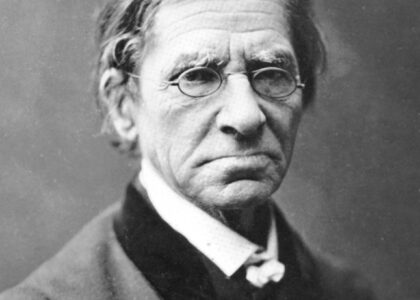Welcome to Locust Grove, Georgia, a city with a rich tapestry of history that dates back to its incorporation in 1893. Nestled in the heart of Henry County, this area has seen significant growth and transformation over the years. Originally named for a beautiful grove of locust trees, Locust Grove has evolved from a small rural community into a bustling city known for its vibrant community and historical significance.
The founding of Locust Grove was a pivotal moment in the late 19th century. Incorporated by the Georgia General Assembly, the town quickly became a major rail distribution center for cotton, peaches, and other farm products, which played a crucial role in its early economy. The presence of the railway not only boosted local commerce but also connected Locust Grove to larger markets and cities, facilitating its growth.
Throughout the 20th century, Locust Grove continued to develop, adapting to the changing times while retaining its historical roots. One of the key landmarks is the Locust Grove Institute, established in 1894 by the Locust Grove Baptist Church and Mercer University. This educational institution was one of the first in Georgia to be accredited by the Association of Schools and Colleges of the Southern States and played a significant role in the community until its closure in 1930, a consequence of the Great Depression.
Locust Grove is not just about commerce and education; it is also a place where the stories of its people are central. One notable aspect of its history is the establishment of Noah’s Ark, a non-profit animal preserve and rehabilitation center that houses over 1,000 animals. This unique facility reflects the community’s commitment to conservation and education.
As you explore Locust Grove, you can also find a platform for watching the Norfolk Southern railroad line, a nod to the city’s origins as a rail hub. This platform is equipped with a scanner radio, allowing visitors to listen to the local railroad frequency, adding a layer of immersive experience to the history of transportation in the area.
From its early days as a small town with a population of just 254 in 1900 to its current status as a thriving city, Locust Grove continues to grow while honoring its past. Today, the city is home to numerous businesses and a diverse population, providing a blend of historical charm and modern convenience.





